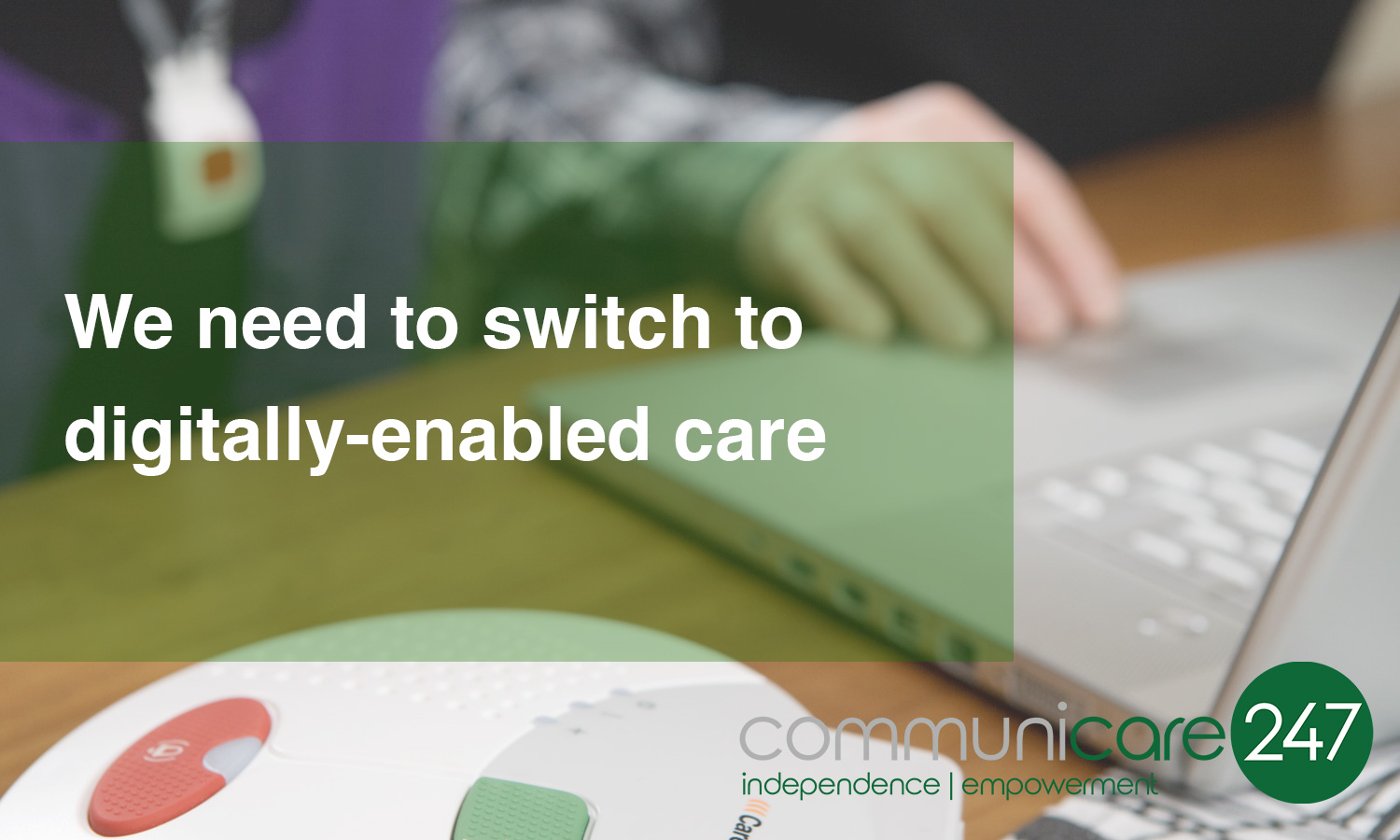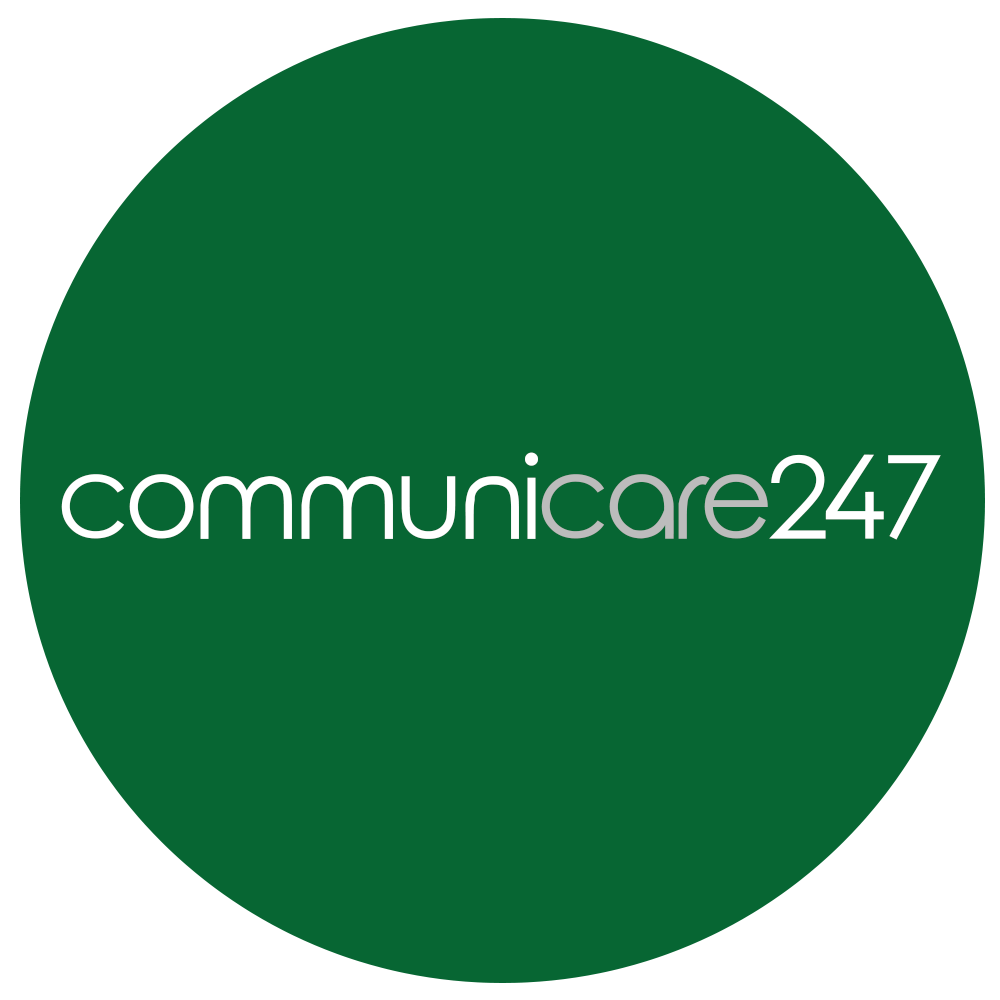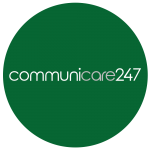
Article as published in The Scotsman
Business embraces digital technology, but the elderly and those in need are lagging behind when it comes to using it to provide their care.
Every day, business leaders make decisions about how they can apply the latest technology to provide them with a competitive advantage. This can extend to the alarm systems that protect their assets, to the £500 mobile phones used to support crucial business decisions on the move.
So why is it that we accept the use of outdated technology to protect our parents and those in need?
Current “telecare” systems – those alarms that sit by the phone or around people’s necks – use analogue, landline-based technology to raise the alarm.
This is the same technology that telecoms providers are pushing to move away from, with a 2025 deadline for the UK’s first moves towards withdrawing support for such infrastructure. By then it may already be too late, as even older consumers are moving to digital, mobile communications that work to meet their needs.
So what will happen to the alarm systems and supporting monitoring centres when the landlines disappear?
Sweden makes the move to digital
Other countries are far more advanced. The Swedish government was faced with pressure from a telecoms provider to use digital communications. With many of its elderly cared for at home, it recognised that it could no longer guarantee a safe service using analogue technology. It set out what was expected of municipalities, defined a set of service standards, and pressed “go”. Now almost half of the 215,000 people using such telecare services use digital technology.
Citizens can now start to realise the potential of the “smart home” and “internet of things” by connecting a range of devices to a central hub. Motion sensors can detect if people have fallen; personal alarms can work with handheld devices or on a mobile phone; smoke detectors can be checked remotely to see if they still work.
READ MORE: Warfare to welfare: digital ‘chaperone’ targets growth
Digital technology enables stakeholders to share information, and so provide more tailor-made health and care services such as telehealth and telemonitoring. Information can be shared to identify what support people need, which can help home care providers better arrange face-to-face contact, and support more efficient care assessment and planning. With fewer human and financial resources to look after the elderly, such advances are vital.
This would be unimaginable with the current infrastructure in place for home-based care. We need to make the move to digital and apply this technology to protect those who matter most.
Technology brings multiple benefits
How does Scotland compare to countries such as Sweden? It is getting there. The drive for digital is supported by a national digital broadband strategy, pooled health and care budgets, investments in technology-enabled care, and a uniting vision in the eHealth strategy.
As Shona Robison, cabinet minister for health and wellbeing, noted at eHealth Scotland: “As we move forward with the 2020 vision and integration of health and social care we must ensure that health and care services across Scotland effectively harness advances in digital technology to support a person-centred, seamless health and care journey for our citizens.”
Such political will needs to be matched by everyone involved in the industry to make digitally-enabled care a reality. Local authorities, care providers and digital communication innovators can come together to make this vision a reality.
It’s time to move on from these grossly inefficient analogue systems that do not meet the current needs of our citizens and hamper Scotland’s aspirations for person-centred home-based care. It’s time to commit to building a digital home care infrastructure.
Tom Morton is the founder and chief executive of Communicare247, which is hosted a conference, Delivering Scotland’s Vision for Integrated Digital Care, on Wednesday 1 June in Glasgow. The event showcased how Sweden and others are using such technology to provide an appropriate level of care for those in need. It also featured an update on Scotland’s vision for digital health and care, and how health and care leaders can make the bold, logical and inevitable move to digital.
Click on the link to view Mr. Morton’s Introduction to Integrated Digital Care


